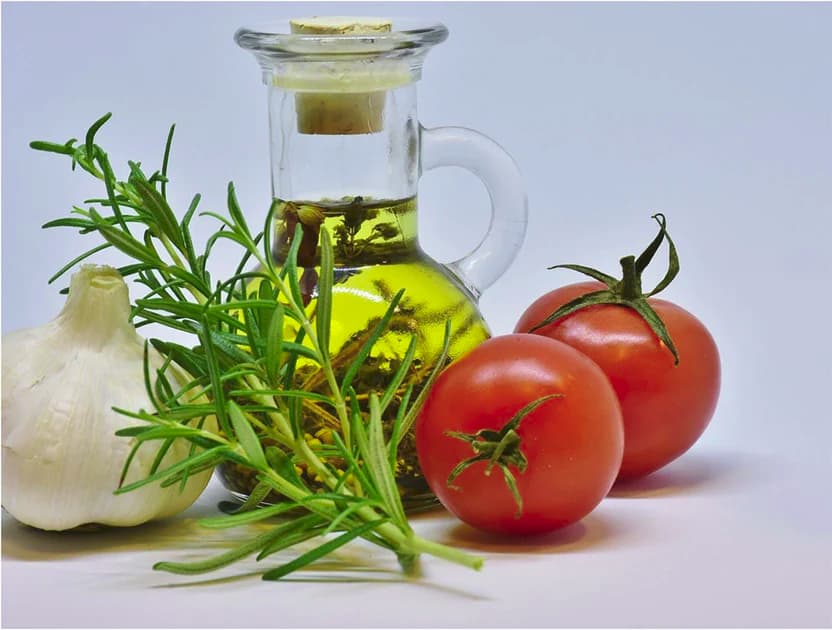 Schema + Rich Snippets – Dominate Search with Visual Results!
Schema + Rich Snippets – Dominate Search with Visual Results!
The Rise of California Olive Oil: What You Should Know
Written by harryjetson » Updated on: April 23rd, 2025

The Californian landscape, with its rolling hills and sun-drenched valleys, has become a fertile ground not just for vineyards, but also for the cultivation of olives. As the popularity of California olive oil surges, it is essential to understand the factors contributing to this growth, the unique characteristics of Californian olive oil, and its broader implications for culinary practices and health.
The Historical Context of Olive Oil in California
California's olive oil industry is relatively young compared to its Mediterranean counterparts. The first olive trees were brought to California by Spanish missionaries in the late 18th century. However, it wasn't until the late 20th century that the industry began to flourish. This shift was fueled by a growing interest in health-conscious eating and a resurgence of traditional Mediterranean diets. As consumers became more educated about the benefits of olive oil, the demand for high-quality, locally-produced options increased significantly.
The establishment of the California Olive Oil Council in 1992 marked a pivotal moment for the industry. This organization aimed to promote and protect the quality of California olive oil, ensuring that producers adhered to strict standards. As a result, many Californian producers began to focus on creating premium extra virgin olive oil, positioning themselves as serious competitors in the global market. Notably, California now produces around 5% of the world’s olive oil, making it a significant player in the industry.
Unique Characteristics of California Olive Oil
One of the defining traits of California olive oil is its diverse range of flavors and styles, driven by the various olive cultivars grown across the state. From the robust and peppery Arbequina to the fruity and floral Arbosana, California offers a plethora of tasting profiles that cater to different culinary applications. The unique terroir of California—its climate, soil, and agricultural practices—also plays a crucial role in shaping the flavor of the olive oil.
California's Mediterranean climate, characterized by hot, dry summers and mild, wet winters, is ideal for olive cultivation. The state's varied microclimates allow for a wide range of olive varieties to thrive, resulting in distinct flavor profiles that can be tailored to specific culinary uses. For instance, robust oils may be better suited for drizzling over hearty dishes, while lighter oils can enhance the flavors of delicate salads or seafood.
Moreover, the emphasis on sustainable farming practices among many California producers has contributed to the rise of high-quality olive oil. Many growers prioritize organic methods, which not only promote environmental sustainability but also enhance the overall quality and flavor of the oil. This commitment to quality is evident in the meticulous harvesting and processing methods employed by many Californian producers, ensuring that the oil retains its natural flavors and health benefits.
Health Benefits of California Olive Oil
The health benefits of olive oil, especially extra virgin varieties, have gained widespread recognition in recent years. Rich in monounsaturated fats and antioxidants, California olive oil has been linked to numerous health advantages, including heart health, anti-inflammatory properties, and improved cholesterol levels. Research has shown that incorporating olive oil into one’s diet can contribute to a lower risk of chronic diseases such as heart disease and diabetes.
Furthermore, the Mediterranean diet, which emphasizes the use of olive oil as a primary fat source, has consistently been associated with longevity and improved overall health. The combination of healthy fats, fresh vegetables, whole grains, and lean proteins creates a balanced and nutritious dietary pattern that many California olive oil producers proudly advocate.
As consumers become increasingly health-conscious, the demand for high-quality California olive oil continues to rise. The ability to trace the origin of the oil, along with the commitment to sustainable practices, adds to its appeal. Consumers are more inclined to choose products that align with their values, and California olive oil checks all the boxes.
The Culinary Impact of California Olive Oil
The versatility of California olive oil in the kitchen cannot be overstated. Chefs and home cooks alike have embraced its use in a variety of applications, from dressings and marinades to finishing oils for grilled meats and vegetables. Its flavor profiles can elevate dishes, adding depth and complexity that enhance the overall dining experience.
In recent years, there has been an increase in culinary events and competitions focused on California olive oil. These events not only showcase the best oils from the region but also educate consumers and chefs on how to use them effectively. Pairing olive oil with local produce, cheeses, and wines has become a trend, highlighting the importance of regional ingredients in creating a harmonious culinary experience.
The rise of California olive oil is also reflected in the growing number of restaurants that feature it as a signature ingredient. Many chefs are now crafting their own blends or collaborating with local producers to create unique oils that embody the essence of Californian cuisine. This trend is a testament to the increasing recognition of California olive oil as a staple in modern gastronomy.
Challenges and Opportunities Ahead
Despite the promising growth of California olive oil, the industry is not without its challenges. Fluctuating weather patterns, pests, and diseases pose significant threats to olive growers. Drought conditions, in particular, have become a pressing concern, affecting water availability for irrigation and subsequently impacting olive yields.
However, these challenges also present opportunities for innovation within the industry. Many growers are investing in advanced agricultural techniques, such as precision agriculture and drought-resistant varieties, to mitigate the effects of climate change. By adopting sustainable practices and focusing on resilience, California olive oil producers can continue to thrive in an ever-changing environment.
Moreover, the increasing interest in food transparency and traceability offers a unique opportunity for California olive oil to stand out in the marketplace. Consumers are becoming more discerning about where their food comes from, and producers who can effectively communicate their story and commitment to quality will likely see continued support from their customer base.
Conclusion
The rise of California olive oil marks a significant chapter in the culinary narrative of the state. With its unique flavors, health benefits, and commitment to sustainable practices, California olive oil has secured its place in kitchens around the world. As the industry continues to evolve, it is crucial for consumers to support local producers who prioritize quality and sustainability.
For those looking to experience the finest in California olive oil, Frantoio Grove offers an exceptional selection that showcases the best of what the region has to offer. Discover the rich flavors and health benefits of California olive oil today, and elevate your culinary creations to new heights!
Note: IndiBlogHub features both user-submitted and editorial content. We do not verify third-party contributions. Read our Disclaimer and Privacy Policyfor details.
Copyright © 2019-2025 IndiBlogHub.com. All rights reserved. Hosted on DigitalOcean for fast, reliable performance.








